Animal plagues have been a significant concern throughout history, affecting not just the animals themselves but also human societies dependent on them. These plagues can be caused by viruses, bacteria, or fungi and can spread rapidly if not controlled. With globalization and climate change, the threat of these plagues re-emerging or new ones arising is very real. Here, we’ll take a look at 12 of the most dangerous animal plagues in history and why they could happen again.
1. The Rinderpest Outbreak
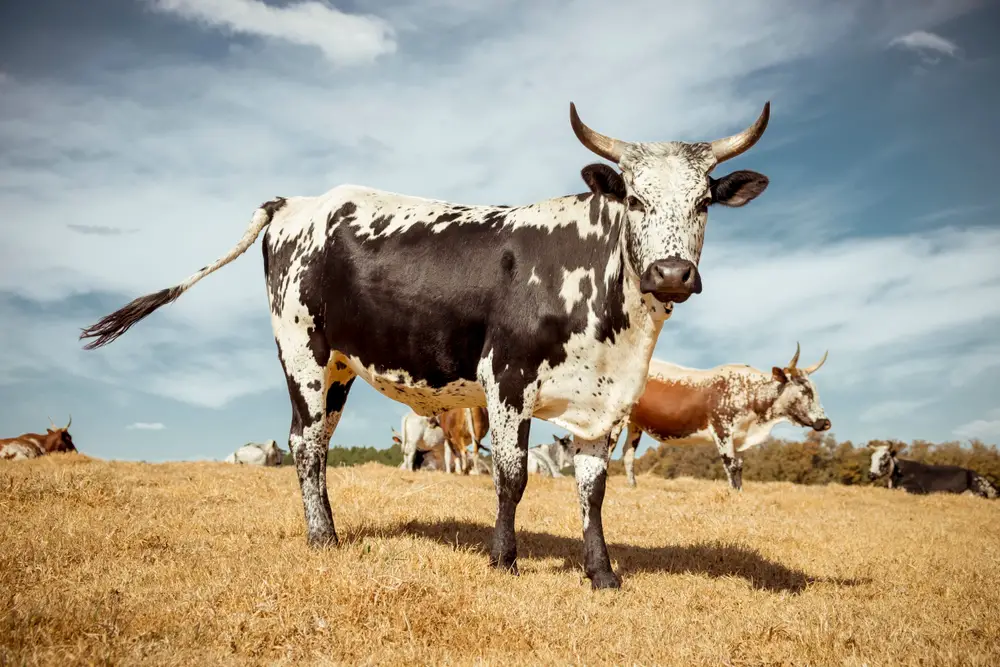
Rinderpest, also known as cattle plague, was a highly contagious viral disease that affected cattle and other cloven-hoofed animals. It was responsible for massive cattle deaths in Africa and Asia, causing devastating economic and social impacts. According to the Food and Agriculture Organization, the disease led to food shortages and starvation, as cattle were central to farming and food production. The last outbreak was reported in 2001, and it was declared eradicated in 2011 after a successful vaccination campaign. However, the virus could potentially re-emerge from laboratory samples or similar viruses still existing in the wild.
Today, with international travel and trade at an all-time high, diseases like rinderpest could spread faster than ever before. Poor veterinary infrastructure and lack of vaccination in some regions might also contribute to a potential resurgence. Additionally, climate change is altering the habitats and movements of wild animals, possibly creating new opportunities for diseases to cross species barriers. Vigilance and continued monitoring are necessary to prevent a re-outbreak of this deadly animal plague.
2. Avian Influenza: A Constant Threat
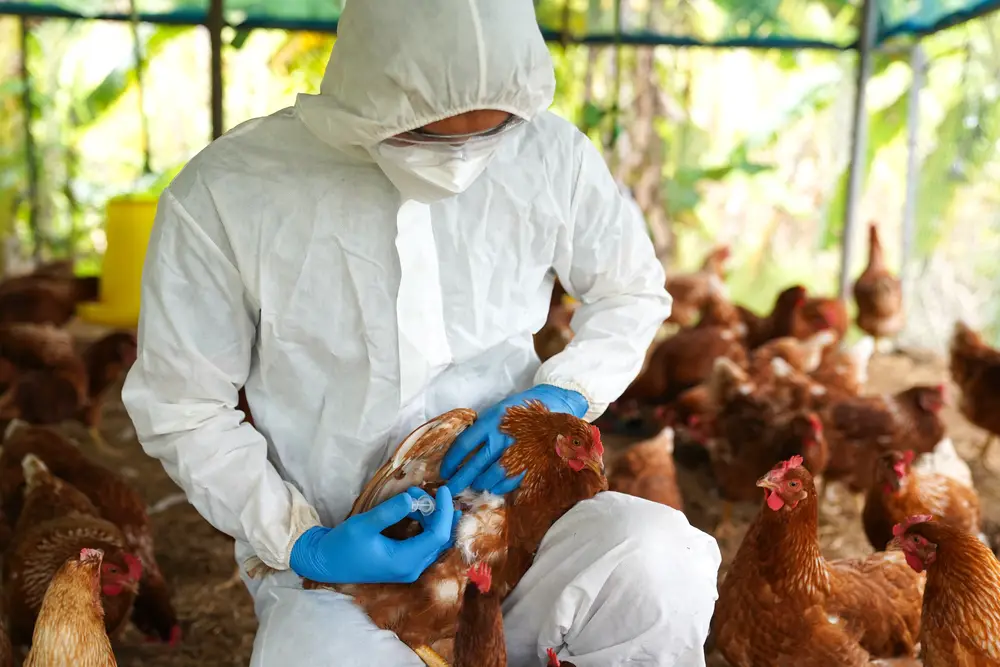
Avian influenza, or bird flu, has been a concern for decades, primarily affecting poultry but also having the potential to cross over to humans. The H5N1 strain, in particular, has caused thousands of bird deaths and has been detected in over 60 countries. According to the World Health Organization, while transmission to humans is rare, when it does occur, the mortality rate is around 60%. This high fatality rate, combined with the virus’s ability to mutate, makes it a constant threat to both animal and human populations.
The poultry industry is vast and globally interconnected, which means that a single outbreak in one region can quickly spread to others. Live-animal markets and poor biosecurity measures further exacerbate the risk of outbreaks. Moreover, migratory birds can carry the virus over long distances, making containment efforts challenging. Advances in vaccine development and biosecurity practices are essential, but constant vigilance is required to prevent another pandemic.
3. The Great Swine Fever Epidemic
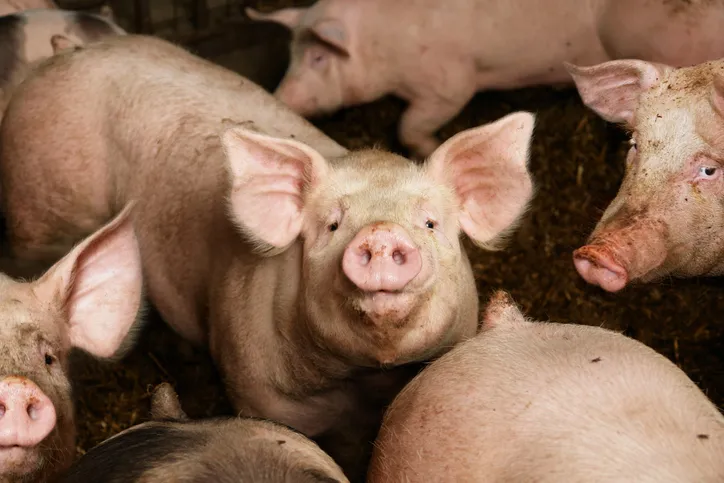
African Swine Fever (ASF) is a devastating viral disease that affects domestic pigs and wild boar, with a mortality rate of nearly 100% in pigs. While it doesn’t pose a risk to humans, its impact on pig populations can devastate economies reliant on pork production. The virus was first identified in Africa but has spread to parts of Europe and Asia, causing widespread losses. According to OIE, efforts to control ASF are complicated by the lack of a vaccine and the virus’s ability to survive in pork products.
The disease spreads through direct contact with infected animals or consumption of contaminated pork, making biosecurity measures crucial. The global nature of the pork industry means that an outbreak in one country can have ripple effects worldwide. Trade restrictions and culling of infected herds are common responses, but they come at a significant economic cost. Continued research into vaccine development and improved farm management practices are necessary to reduce the threat of ASF in the future.
4. The Mysterious Bat Plague
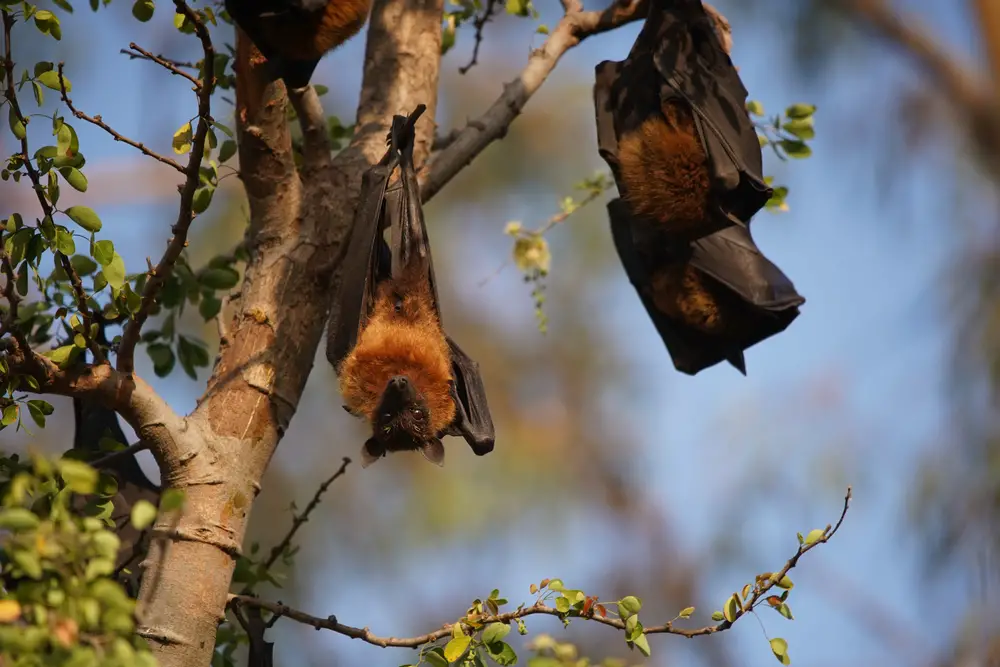
Bats are often associated with various zoonotic diseases, and one of the lesser-known threats is the white-nose syndrome. This fungal disease has decimated bat populations in North America, killing millions since it was first identified in 2006. Bats play a crucial role in ecosystems as pollinators and pest controllers, so their decline can have far-reaching impacts. The fungus thrives in cold, damp environments like the caves and mines where bats hibernate.
With climate change affecting weather patterns, the conditions for white-nose syndrome could spread to new areas, endangering more bat populations. The disease spreads through direct contact among bats or contaminated surfaces, making it difficult to control. Since bats often live in colonies, the fungus can spread rapidly once introduced. Efforts are being made to understand and mitigate the spread of this disease, but it highlights the unpredictable ways in which animal plagues can emerge and threaten biodiversity.
5. The Deadly Canine Distemper

Canine distemper is a highly contagious viral disease affecting domestic dogs and various wildlife species, including foxes, wolves, and raccoons. The virus attacks the respiratory, gastrointestinal, and nervous systems, often leading to death. Distemper spreads through airborne exposure or direct contact with infected animals, making it highly transmissible. Vaccination has significantly reduced its prevalence in domestic dogs, but outbreaks continue to occur, especially in wildlife populations.
The interconnectedness of ecosystems means that an outbreak in wildlife can pose a risk to unvaccinated pets and vice versa. Also, the virus’s ability to adapt to new hosts can lead to the emergence of new strains. As urban areas expand into wild habitats, the potential for cross-species transmission increases. Continued vaccination efforts and monitoring of wildlife populations are essential to curbing the spread of this disease.
6. The Silent Rabbit Hemorrhagic Disease
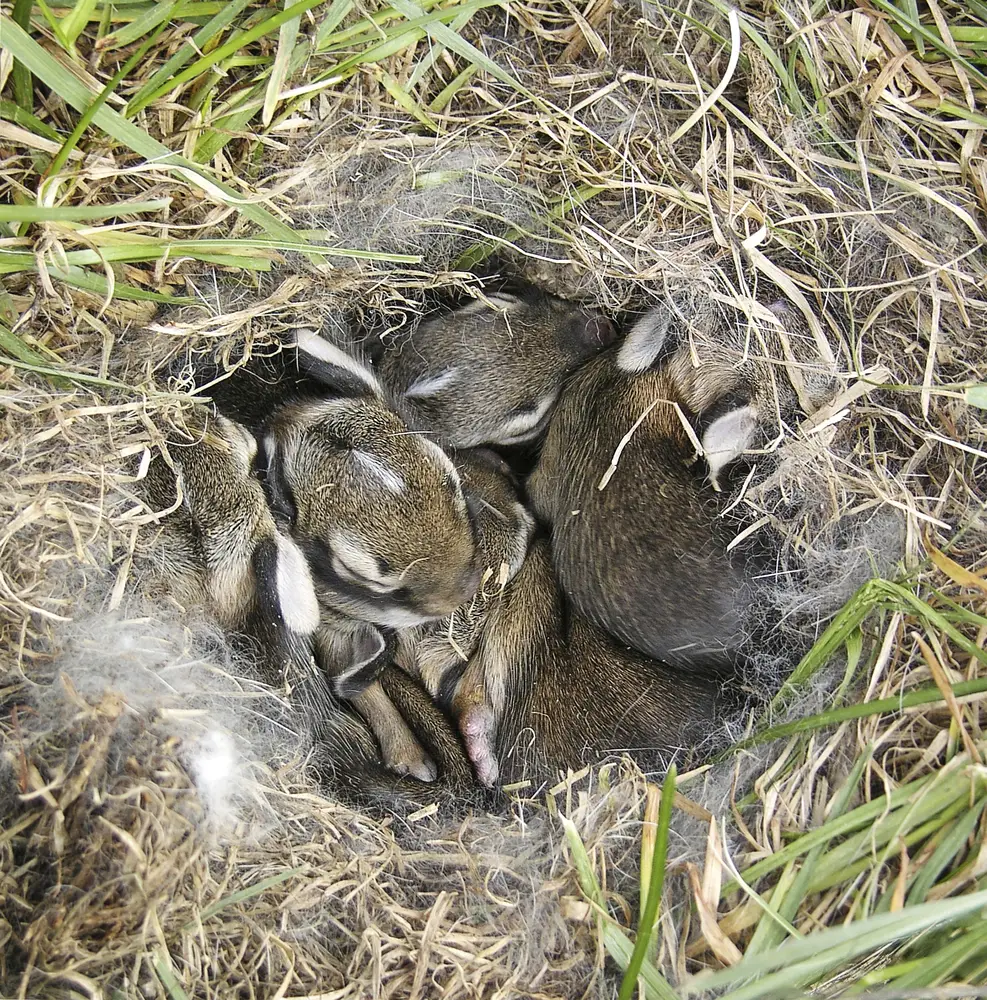
Rabbit Hemorrhagic Disease (RHD) is a highly infectious and often fatal virus affecting wild and domestic rabbits. It’s characterized by rapid onset and sudden death, often within 48 hours of symptoms appearing. The disease first appeared in China in 1984 and has since spread to many parts of the world, affecting both wild rabbit populations and those raised for meat and fur. The virus can be transmitted through direct contact or indirectly via contaminated surfaces and feed.
As with many animal plagues, human activities such as trade and travel have facilitated its spread. The ecological impact of RHD can be significant, as rabbits are a key prey species for many predators. Efforts to control the disease include vaccination and biosecurity measures, but challenges remain. The introduction of new, more virulent strains and the potential for cross-species transmission to other lagomorphs make vigilance essential.
7. The Cattle-devastating Foot-and-Mouth Disease
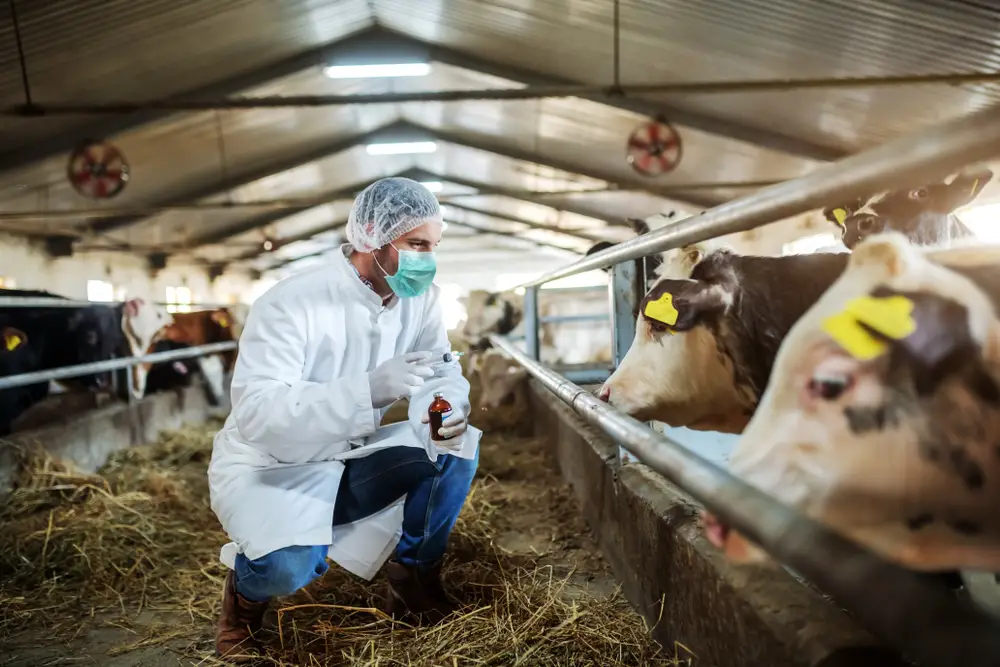
Foot-and-mouth disease (FMD) is a highly contagious viral disease affecting cloven-hoofed animals like cattle, sheep, and goats. It causes fever and blisters in the mouth and feet, leading to severe productivity losses. While not usually fatal, it can cause significant economic damage, particularly in countries reliant on livestock agriculture. FMD is notorious for disrupting trade and causing widespread panic due to its rapid spread.
The virus is capable of surviving in various environments, making it challenging to control. Outbreaks often lead to large-scale culling and trade restrictions, impacting food security and livelihoods. Vaccination is a critical tool, but the virus’s genetic diversity requires constant updates to vaccine formulations. As global trade and travel increase, the risk of FMD spreading across borders remains a significant concern.
8. The Destructive Bovine Tuberculosis
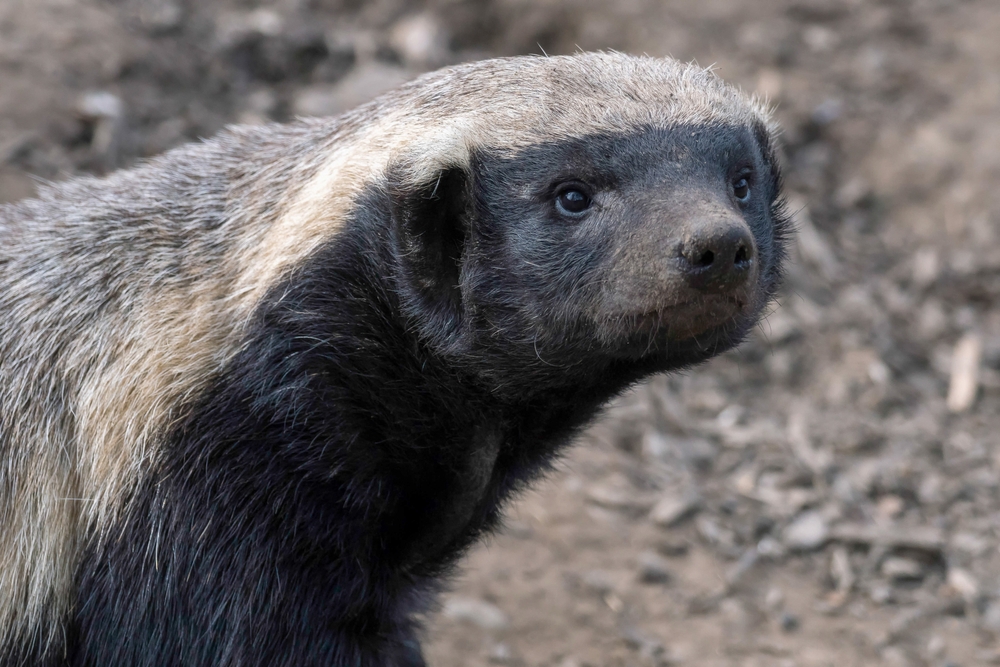
Bovine tuberculosis (TB) is a chronic bacterial disease affecting cattle and other animals, including wildlife such as deer and badgers. It poses a risk to human health through the consumption of contaminated milk and meat. Control efforts often involve testing and culling of infected animals, but wildlife reservoirs complicate eradication. The disease causes significant economic losses in livestock industries, particularly in countries where TB is endemic.
Transmission occurs through respiratory droplets or contact with infected bodily fluids. The increasing interaction between wildlife and domestic animals due to habitat encroachment raises the risk of transmission. Wildlife management and biosecurity measures are crucial in preventing the spread of bovine TB. Continued research into vaccines and more accurate testing methods is essential in the fight against this persistent plague.
9. Sheep’s Menacing Bluetongue Virus
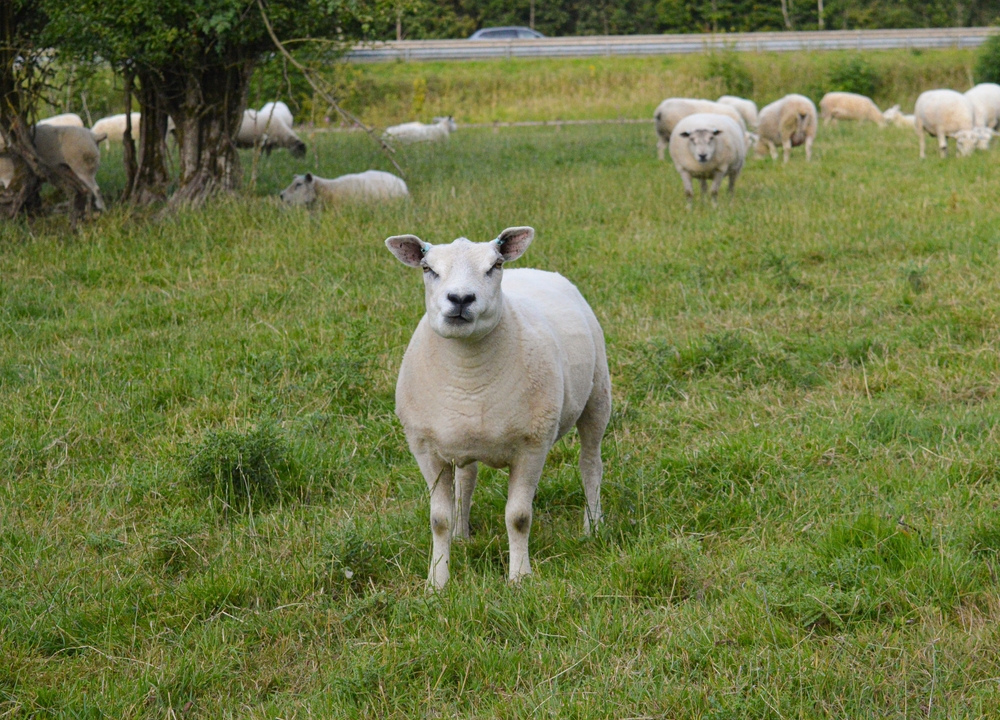
Bluetongue virus is a vector-borne viral disease that affects sheep and other ruminants, transmitted by biting midges. It causes fever, swelling, and hemorrhages, leading to high mortality rates in affected flocks. Outbreaks can result in severe economic losses, impacting livestock production and trade. The virus thrives in warm, humid climates, and climate change may expand its geographical range.
Control measures focus on vaccination and controlling midge populations, but challenges remain. The virus’s ability to mutate and the presence of multiple serotypes complicate vaccine development. Global warming may alter the distribution of midges, facilitating the spread of the virus to previously unaffected regions. Ongoing research and monitoring are vital to understanding and combating this disease.
10. The Ominous Newcastle Disease
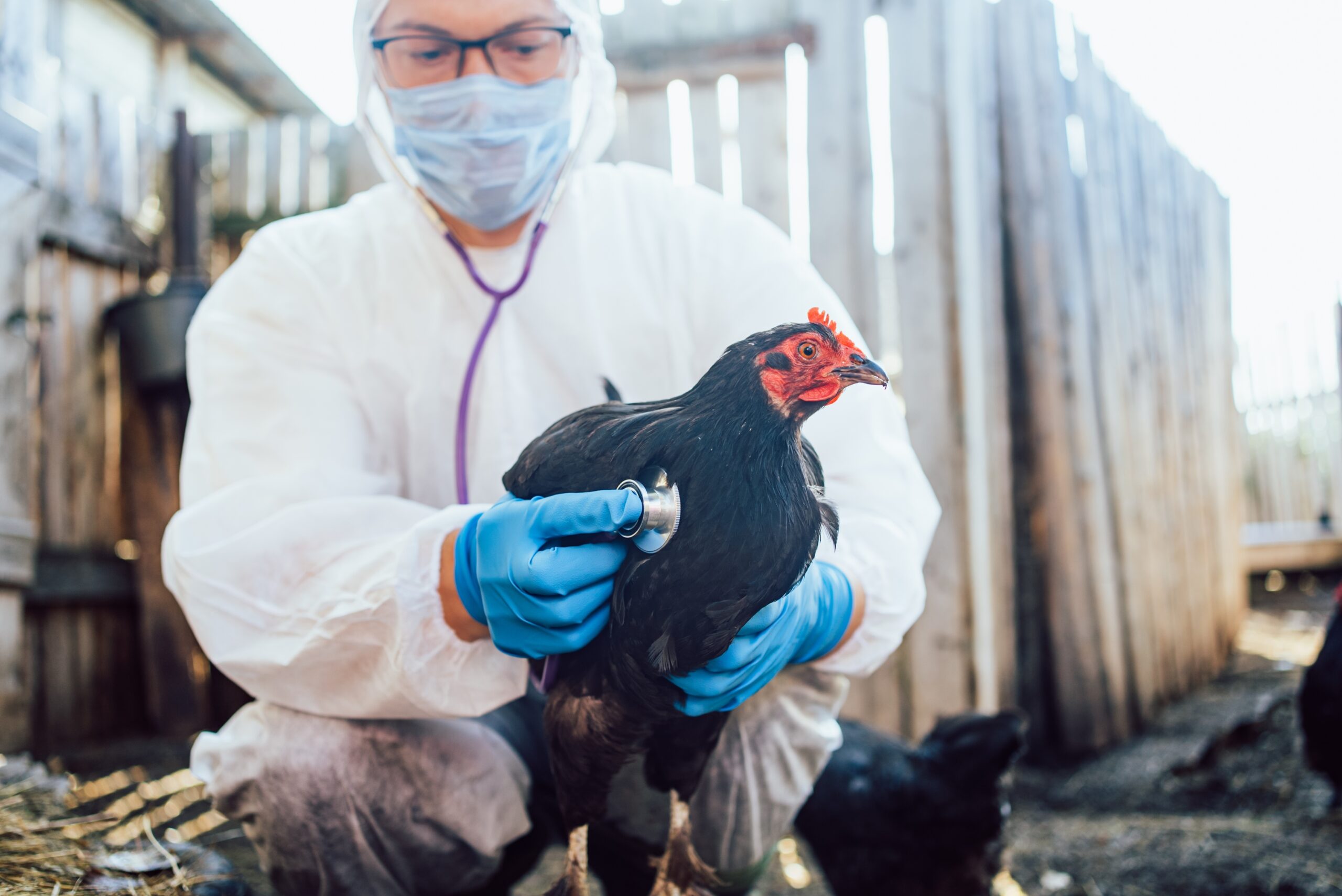
Newcastle disease is a highly contagious viral infection affecting birds, with symptoms ranging from mild respiratory issues to severe neurological damage. It can devastate poultry populations, leading to significant economic losses in the industry. The virus spreads through direct contact with infected birds or contaminated materials, making biosecurity crucial in prevention efforts. While it poses little risk to humans, its impact on global poultry trade is substantial.
Vaccination is an effective control measure, but outbreaks still occur due to lapses in biosecurity or the emergence of new virus strains. The interconnected nature of the poultry industry means that an outbreak in one region can have global consequences. Monitoring and rapid response are essential in containing outbreaks and minimizing economic impacts. Continued research into vaccine development and biosecurity practices is necessary to prevent the spread of this disease.
11. The Perilous African Horse Sickness

African horse sickness (AHS) is a viral disease affecting horses, characterized by fever, respiratory distress, and often sudden death. It is transmitted by biting midges and is prevalent in sub-Saharan Africa, but outbreaks have occurred in other regions. The disease has a high mortality rate, leading to significant economic losses in the equine industry. Vaccination is the primary control measure, but challenges arise from the presence of multiple virus serotypes.
Climate change may influence the distribution of midges, increasing the risk of AHS spreading to new areas. International horse movement and trade further complicate control efforts. The development of more effective vaccines and vector control methods is essential in managing this disease. Monitoring and rapid response are crucial in preventing the spread of AHS and protecting the global equine industry.
12. The Unsettling Chronic Wasting Disease
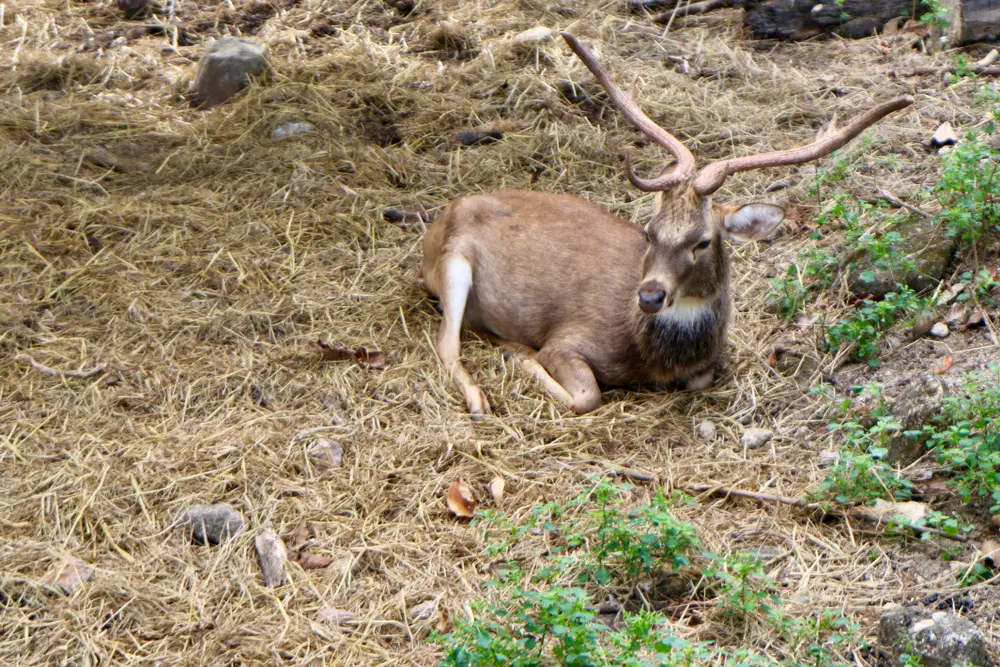
Chronic wasting disease (CWD) is a prion disease affecting deer, elk, and moose, characterized by weight loss, behavioral changes, and eventual death. It poses a significant threat to wild and captive cervid populations, with potential ecological impacts. The disease spreads through direct contact between animals or through contaminated environments, making containment challenging. CWD has been detected in several countries, raising concerns about its potential spread.
Efforts to control CWD focus on monitoring and management of infected populations, but no vaccine or treatment exists. The unknowns surrounding prion diseases complicate research and prevention efforts. The possibility of cross-species transmission, although currently low, remains a concern for wildlife and human health. Continued research and monitoring are essential in understanding and combating this enigmatic disease.
